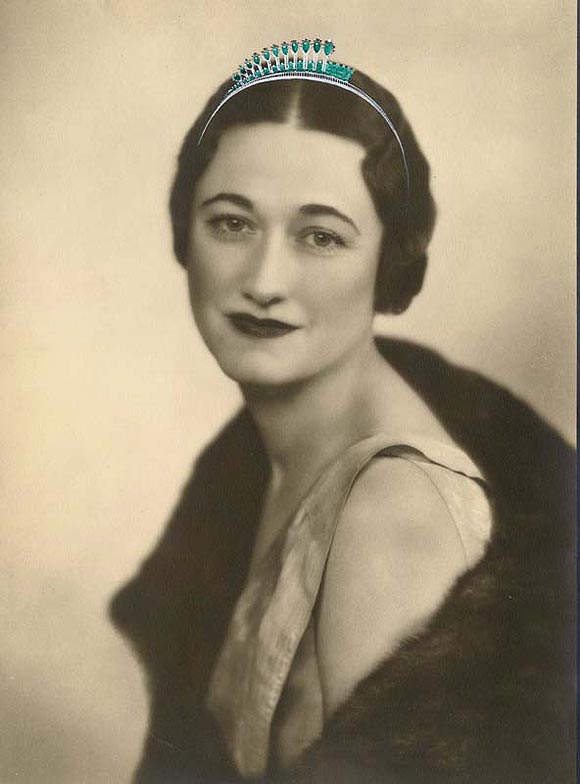
Witch. Prostitute. Man.
Is it any wonder that Wallis Simpson, Duchess of Windsor, became a gay icon? With her trailblazing sense of style, ostentatious flair for jewellery and steely determination to claw her way to greatness, she shares similar traits with the ambitious and flamboyant gay men she considered kindred spirits. There can be no doubt of the duchess’s preference for the gays. Her favourite people included Cecil Beaton, Chips Channon, Somerset Maugham and Jimmy Donahue. And, of course, much of her time was spent in the largely homosexual world of great decorators and couturiers.
Considered a “woman’s man” much more than a girl’s girl, some went even further to suggest she was, in fact, a man herself.
James Pope-Hennessy, while writing an official biography of Queen Mary, interviewed Simpson and of the meeting wrote in his journal that she was “one of the oddest women I have ever seen. She is, to look at, phenomenal. She is flat and angular and could have been designed for a medieval playing card . . . I should be tempted to classify her as an American woman par excellence, were it not for the suspicion that she’s not a woman at all.”
Biographers and medical experts have long speculated on Wallis’s gender and sexuality, some suggesting she may have been born with disorder of sexual development (DSD), also referred to as intersexuality, an idea perpetuated by mysterious internal surgeries Wallis underwent throughout her life and her chronic suffering from stomach pains.
Another theory is that she had androgen insensitivity syndrome (AIS). Patients with AIS are born genetically male as they have the XY chromosome and produce testosterone. Because the body’s receptors in this case are insensitive to testosterone, the individual develops outwardly as a woman, although at puberty the testosterone build-up may result in strong muscles giving her athletic prowess, long legs or large hands.
While Wallis’s large hands and hard features ignited much gossip, the idea that “that woman,” as she was dubbed by Elizabeth Bowls Lyon, the Queen Mother (then Duchess of York), was not entirely woman is one of many myths about Wallis Simpson which attempt to justify her unprecedented hold over the most powerful man in the world.
When Edward VIII gave up the throne to be with Mrs Simpson, who at the time was married for the second time, with her first marriage having ended in divorce, many decided the “king’s whore” must be a witch who had possessed Edward, deterring him from his royal duties to be devoted to her instead.
Edward’s love for Wallis undeniably bordered on worship, and because she was not a classic beauty and was nearly 40 years old when her affair with the then Prince of Wales commenced, many refused to believe she held the natural charm to inspire such affection.
For this condemnation and bigotry, Wallis’s status as a gay idol was cemented. Forced into exile after Edward’s abdication, the woman who was almost queen spent the rest of her life ostracized and misunderstood, bombarded with death threats and unaccepted by both peers and commoners alike for nearly destroying the monarchy.
Despite this, Simpson never gave up on her greatest achievement: herself. The American girl who made marrying well an art form wasn’t above capitalizing on her infamy. During a meeting with Charles Pick, the publisher of her memoirs, The Heart Has Its Reasons, Wallis implored, “Can you tell me who Marilyn Monroe’s publicity agent is? I have all the newspapers each day and I was generally on the front page. But now I see that Marilyn Monroe is . . . Well, somebody has pushed me off!”
 Why you can trust Xtra
Why you can trust Xtra


